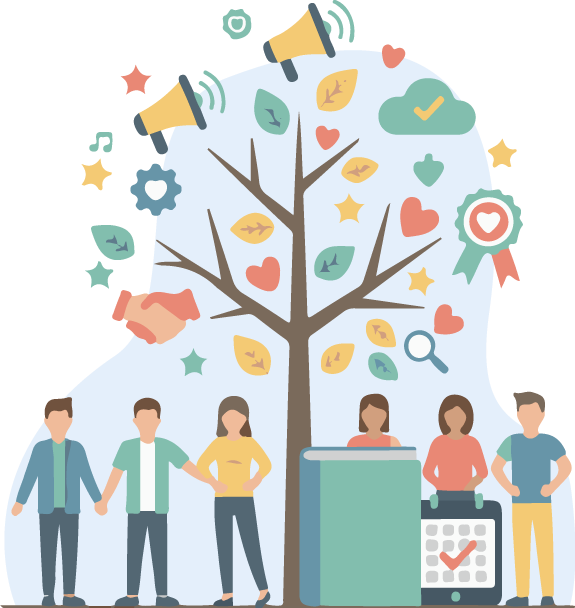Now Reading: Agile Affinity Mapping: Non-Profit Case Study
-
01
Agile Affinity Mapping: Non-Profit Case Study
Agile Affinity Mapping: Non-Profit Case Study
Turning Feedback into Fuel: Improving a Non-Profit’s Volunteer Program
A non-profit organization analyzed candid feedback from their volunteers to improve retention, streamline operations, and create a more rewarding and impactful experience for their most valuable asset.

The Challenge
The organization was struggling with high volunteer turnover, which strained resources and impacted their ability to deliver services. They conducted an anonymous survey to understand why people were leaving, but were left with hundreds of emotional, varied comments and no clear direction on how to act on them.
The Process: From Chaos to Clarity
Before the Planner: Gathering Raw Data
The volunteer coordinator exported all open-ended responses from a SurveyMonkey survey into a spreadsheet. The data included raw, honest answers to questions like ‘What did you enjoy most about your experience?’ and ‘What could be improved to make you want to volunteer more often?’.
Step 1: Prepare for Affinity Mapping
Using the planner, the goal was set with empathy and action in mind: “Identify the top 3 drivers of volunteer dissatisfaction and brainstorm practical, low-cost solutions.” A committee was formed, including the coordinator, a board member, and two long-term volunteers to ensure the volunteers’ perspective was central to the process.
Step 2: Conduct the Mapping Session
The “Conduct” plan was for an in-person workshop to foster connection. Each comment from the spreadsheet was written on an index card. The committee would then work together to read, discuss, and sort the cards into thematic piles on a large table, allowing patterns to emerge organically.
Step 3: Analyze and Prioritize Groups
For the ‘Analyze’ step, the plan was to tally the number of cards in each pile to quantify the most pressing themes. Then, for the top three themes, the committee would use a ‘How Might We…’ brainstorming exercise. This optimistic, solution-oriented framing was chosen to move the conversation from problems to possibilities.
Step 4: Implement and Monitor Actions
The “Implement” plan focused on agile, low-risk changes. They decided to select one solution for each of the top three problems to pilot over the next two months. Success would be measured by tangible metrics: volunteer attendance rates and a simple follow-up “Net Promoter Score” style survey.
After the Planner: Running the Workshop
The final report provided a clear agenda that brought structure and purpose to the committee meeting. The affinity mapping exercise quickly surfaced three main themes from the cards: ‘Lack of clear communication from staff,’ ‘Inflexible scheduling,’ and ‘Not feeling like my time is making a real impact.’ The subsequent ‘How Might We…’ exercise generated several practical, achievable ideas, including a new monthly volunteer e-newsletter and a more flexible online sign-up system using a free tool.
The Results
The planner provided a simple yet powerful way to honor the volunteers’ voices by turning a flood of feedback into a concrete action plan. This process not only improved the program but also rebuilt trust and demonstrated that the organization was truly listening.
- Launched a new communication and scheduling system that was highly praised by volunteers for its clarity and flexibility.
- Volunteer retention increased by 25% over the following six months, reducing the constant need for recruitment.
- The process created a stronger sense of partnership and shared ownership between staff and volunteers.
- A new “Impact Update” section in the newsletter directly addressed the feedback of volunteers wanting to feel their impact.

